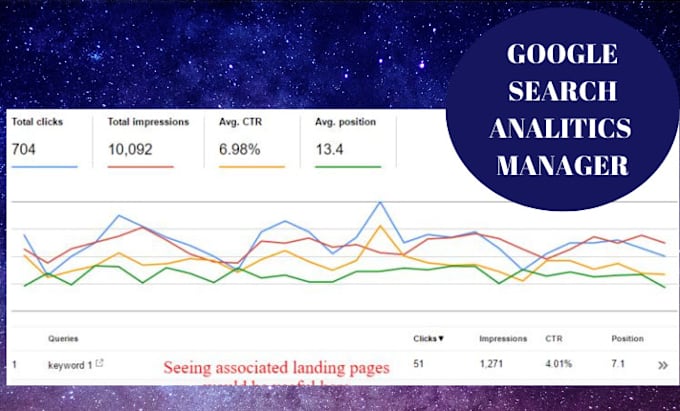


This operator will allow you to search for Google Images for file types like GIF, PNG, and more. This operator only works with file types that contain text, but you can search Searching for content by a specific file extension can be extremely valuable. However, when you pair it with other search terms or operators, It’s a very interesting way to findĪlternatives to sites that you already love.Īchieve much. Other websites related to a domain or URL. How this operator makes its determinations, this search operator will show you This operator, Google takes you to its latest cached version of the website.įor popular websites, the cached version can be as early as a few minutes ago.Īlthough Google hasn’t made it clear exactly Rather than taking you to a search results page, after typing any URL after To what is offered by the Internet Archive. This operator unlocks a Google feature similar Though, so you only feel the impact of this operator when you use it along with Google effectively defaults to searching this way, Using this operator will show results that are Anyone with a little bit of coding experience should find these to The two conditional Google Search operatorsĪllow you to make searches based on the logical “and” and “or” statementĬonnectors.

Example: (basketball AND football) athletes.Use it similar to how you would a mathematical function. Will group it away from the rest of your query, allowing for a more refined and Putting a search term in between parentheses The hyphen search operator will exclude any Use it as a substitute for any term or phrase, before, Note: Only capitals should be used for the Boolean Operators in Google.Wildcard searching. “carcinogenesis model development” (Asmari | Amararathna)Ĭurrently, the Boolean operator “NOT” does not work in Google and Google Scholar. This search strategy finds documents with the phrase “carcinogenesis model development” (with or without characters such as ‘period’ embedded) authored by EITHER Asmari OR Amararathna.Īs mentioned, historical Google syntax is also valid: “carcinogenesis model development” AND (Asmari OR Amararathna) Moreover, “nesting” technique (or using parentheses around the “OR” search statement) is also possible. While the features mentioned above are still valid, now Google and Google Scholar also allow employing proper Boolean Operators typically used in bibliographic databases. Most of such searches worked best when done one at a time. A minus sign could be used as a NOT operator. Savvy users also knew to search for either term at once by using the pipe character | (for example, cancer | tumor) the pipe character made Google use an “OR” between the search terms behind the scenes. So how did Google create such a simple search interface? Behind the scenes, the space between the search terms was executed by Google as a Boolean search operator “AND”. Users want flexibility, including the ability to conduct both simple and complex searches the simplicity of Google with the complexity of Boolean search operators and ‘ nesting’. Still, neither Google nor bibliographic databases could fill each others niche. On the other hand, bibliographic databases (such as PubMed) with their multiple tools for refining search results, often were perceived cumbersome and somewhat outdated in terms of design. This approach had a great appeal to the public and even its perceived limitations could not spoil that attitude. Just put a word or two in the search box and you’ll get the search results. Historically, Google and Google Scholar allowed for conducting very simple straightforward searches.


 0 kommentar(er)
0 kommentar(er)
